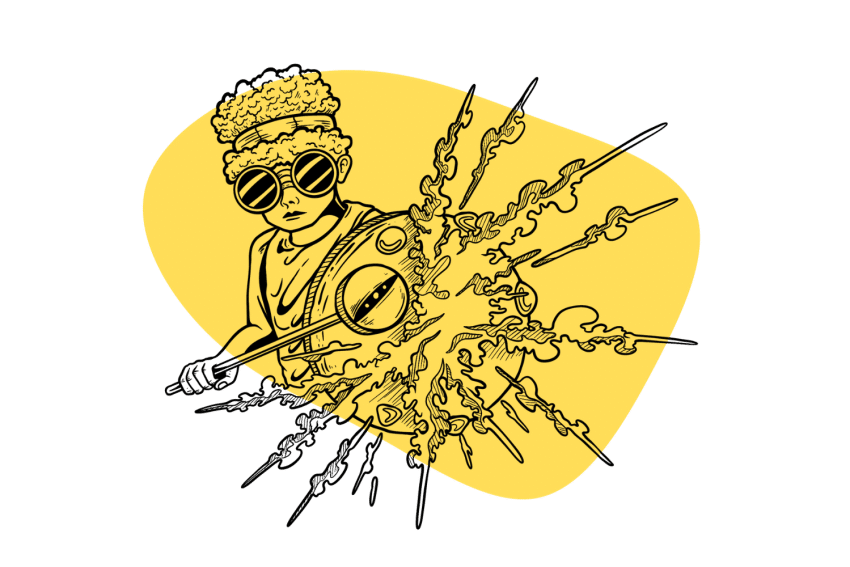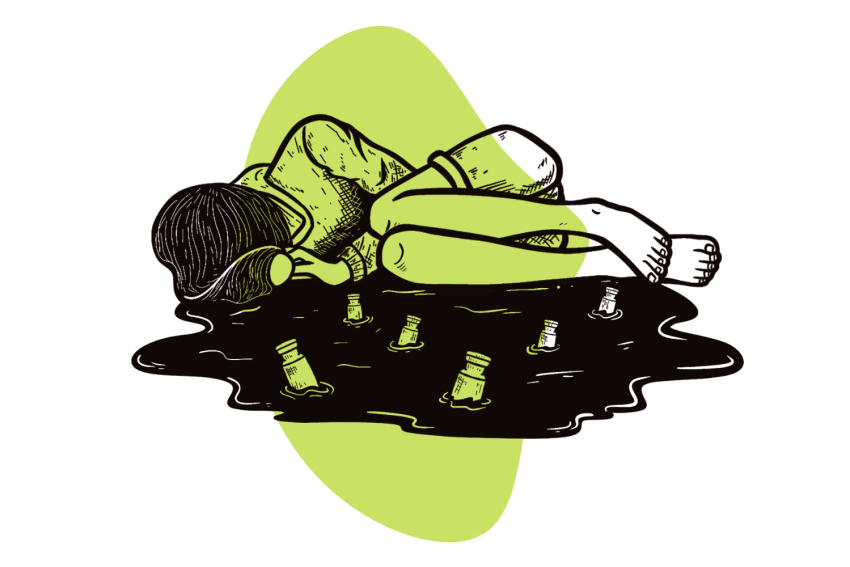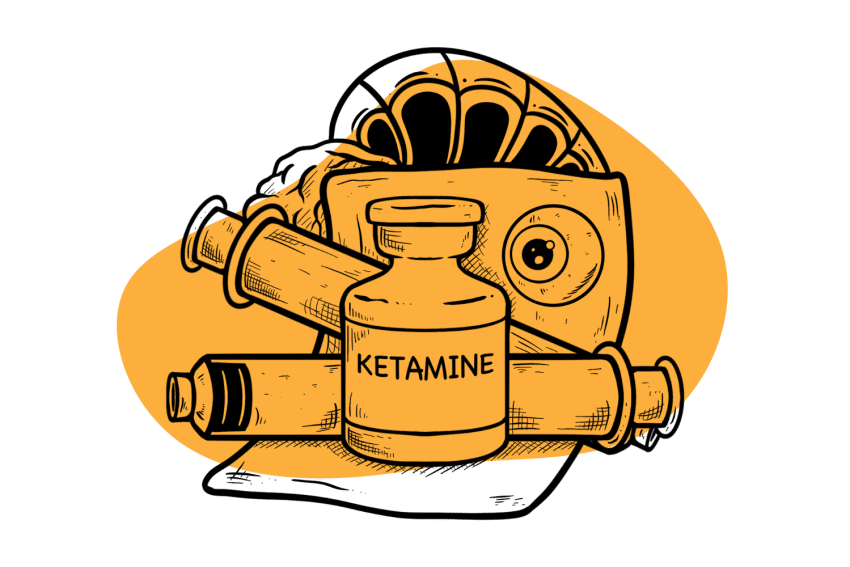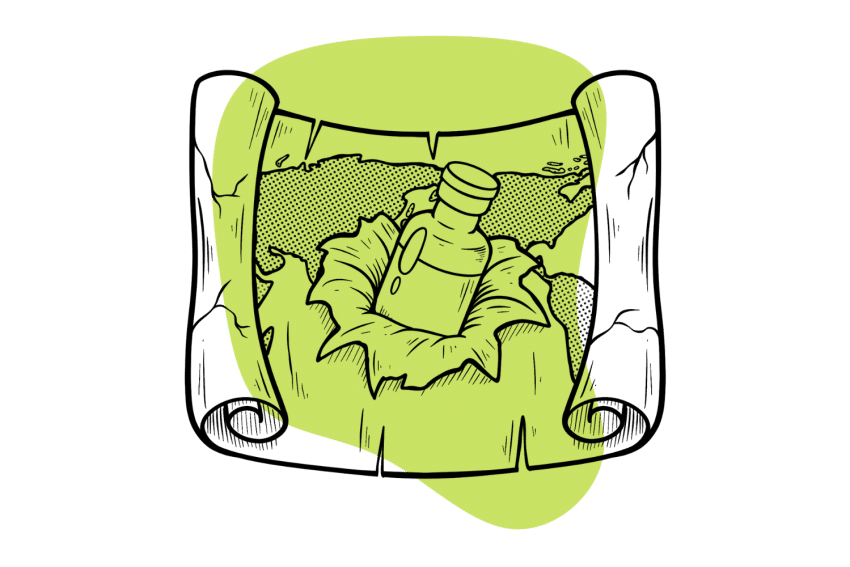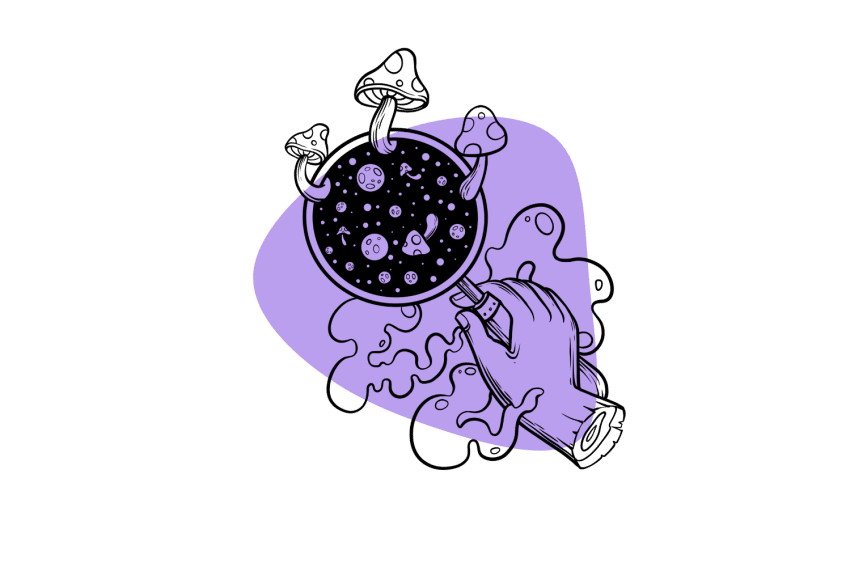Ketamine for Cats: Risks vs. Benefits Explained
Vets will use ketamine for cats during surgery. While it’s safer than many of the alternatives, it isn’t risk-free.
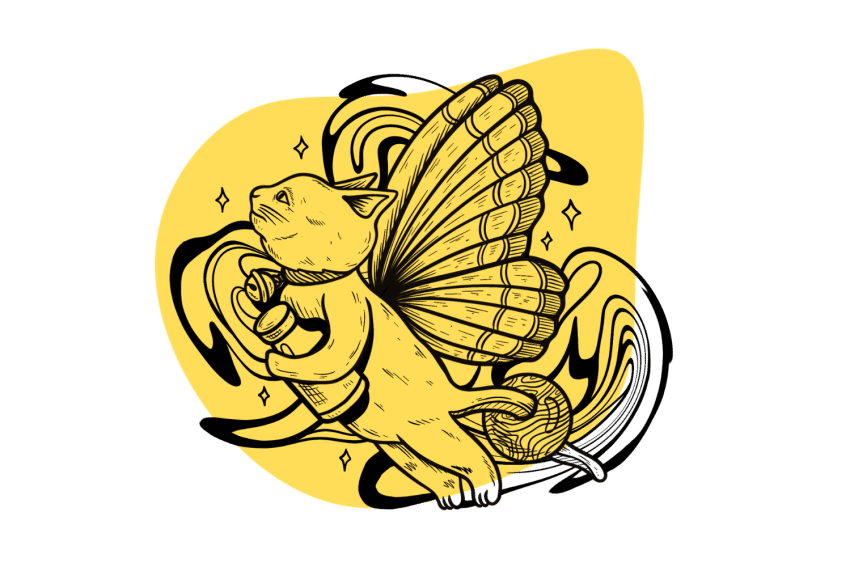
Ketamine is a popular recreational drug among humans, but its use is also deeply carved a niche in the world of veterinary medicine.
For psychonauts, ketamine experiences can help them explore depths of consciousness and connect with their spirituality. Our pets, however, are not equipped for such voyages.
Just as we wouldn’t force someone unprepared into the rabbit hole, we shouldn’t share our ketamine stash or other drugs with our cats for any reason.
In this article, we’ll take a look at the effects of ketamine in cats and understand why it’s essential to draw a clear boundary between human exploration and feline health.
What is Ketamine?
Ketamine is classified as a “dissociative anesthetic” drug with pain-relieving properties that was synthesized in the 1960s for human medical procedures.
Unlike many other anesthetics, ketamine doesn’t suppress the central nervous system, which could pose a risk for respiratory depression [1], making it a safe option as an anesthetist in various clinical settings.
As delicate creatures with unique metabolic pathways, cats often require specialized care when undergoing surgical procedures. Veterinarians noted that ketamine could also provide a stable anesthetic state for cats.
Ketaset, Ketaflo, Vetalar, Vetaket, Ketaved, and Ketaject are injectable brand-name formulations of ketamine hydrochloride administered intravenously by veterinarians for short-term anesthesia in animals, especially during minor procedures or diagnostic tests.
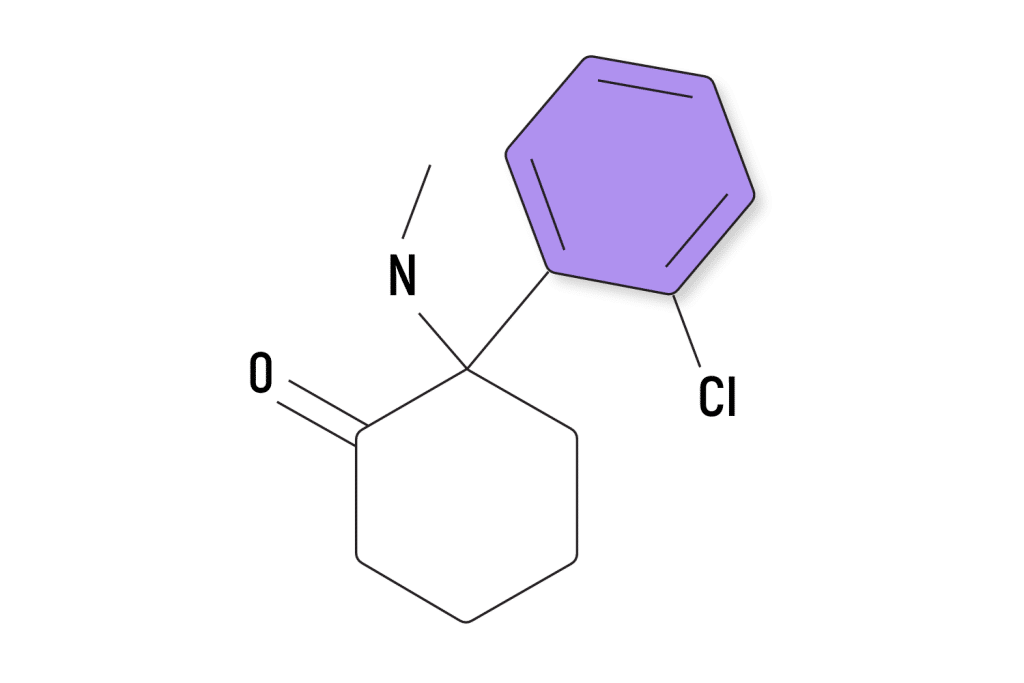
How Does Ketamine Work in Cats?
Ketamine works the same in humans as it does for dogs and cats.
Most general anesthetics work by depressing the central nervous system, leading to a loss of consciousness. Ketamine, on the other hand, primarily interrupts associative pathways in the brain, causing a unique state of anesthesia by creating a sense of detachment from the body and surroundings.
How does it do this?
Ketamine mainly targets the brain and spinal cord’s NMDA receptors (N-methyl-D-aspartate) [2].
Imagine your brain and spinal cord having doorways called NMDA receptors. These doors allow messages, like those of pain, to pass through them. Ketamine acts like a key that locks these doors. When the doors are locked by ketamine, specific messages, especially pain messages, find it harder to get through, and as a result, you feel less pain.
When given in higher doses, ketamine does more than manage pain. You become somewhat aware but detached from everything around you. This is different from just being unconscious or “knocked out.” Apart from locking the NMDA doors, ketamine also interacts with other parts of the brain, altering how you feel and perceive things.
While the fundamental mechanisms are similar, cats can sometimes have unique reactions to drugs due to their physiology.
For example, some cats can become agitated or aggressive when coming down from the effects of ketamine. This is sometimes called “emergence delirium,” so you’ll want to handle your cat with extra care after a procedure with ketamine to prevent injury and distress.
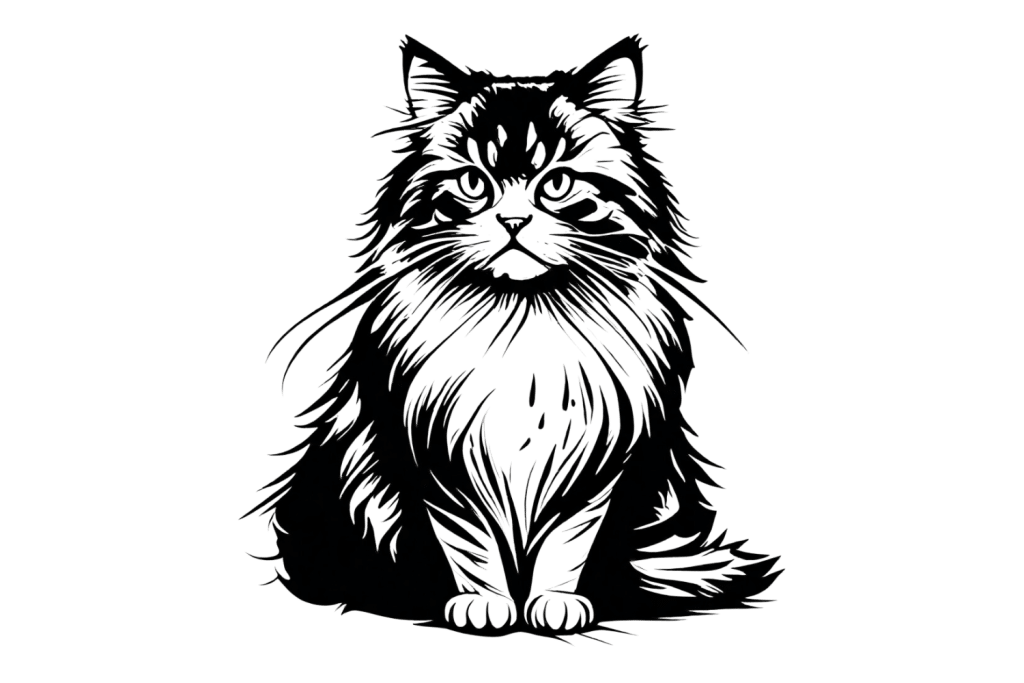
Ketamine Hydrochloride Administration & Dosage in Cats
Ketamine hydrochloride is a versatile drug in terms of how it can be given to cats.
The most common method is through intravenous or intramuscular injection, which delivers a rapid onset of the drug’s effects, making it particularly useful for emergencies or surgeries.
Sometimes, when a cat might be challenging to restrain or an injection isn’t viable, ketamine can be administered orally as a spray into the mouth.
Ketamine Dosing in Cats
Veterinarians take a tailored approach to dosing ketamine by assessing the cat’s overall health, age, weight, concurrent medications, and the purpose of administration.
For restraint and mild sedation in cats, ketamine is typically administered at 3 to 5 mg for each pound (6 to 11 mg/kg) through an intramuscular injection. When ketamine is combined with other drugs for anesthesia, the dosage ranges from 10 to 15 mg per pound (22 to 33 mg/kg) intramuscularly or 1 to 2 mg per pound (2 to 4 mg/kg) intravenously.
Benefits of Using Ketamine for Cats
Ketamine hydrochloride has undeniably raised the standard of care provided to cats. Here, we highlight some benefits of using ketamine in veterinary medicine.
1. Anesthesia
One of the standout benefits of ketamine is its ability to act as a potent anesthetic. Cats undergoing surgeries or medical procedures need reliable anesthesia to keep them immobile and pain-free. Unlike some other anesthetics, ketamine has the advantage of not heavily suppressing the cat’s respiratory system. This means that while the cat is under the influence of ketamine, it can breathe more naturally, reducing potential complications.
2. Pain Management
Whether a cat is recovering from surgical procedures, an injury, or experiencing chronic pain, professionally administered ketamine can offer relief. Ketamine can provide a comfortable recovery and help heal faster as the cat isn’t stressed from pain.
3. Combined Uses With Other Drugs
Ketamine is often used with other medications to enhance its effects or balance out potential side effects. When mixed with certain sedatives or analgesics, ketamine can produce a more profound and longer-lasting anesthetic effect, making the procedure smoother for the veterinarian and the cat.
4. Safety Profile
When used at the correct dosage and monitored correctly by a veterinarian, ketamine can be safer than other anesthetic agents. This makes it a preferred choice, especially for cats with other underlying health conditions or at a higher risk with other anesthetic agents.
5. Quick Onset & Recovery
The effects of ketamine come on as quickly as under a minute when injected, ensuring that medical procedures can commence without unnecessary delays. The effects of ketamine don’t last long either, meaning the recovery time post-administration is relatively quick, so your cat can return to normal behavior sooner.

Risks of Using Ketamine for Cats
Ketamine is a beneficial drug with numerous applications in veterinary medicine, and most cats can tolerate it without any issue, but no drug is without its risks.
Some of the adverse effects of ketamine include:
- Increased blood pressure
- Elevated heart rate
- Muscle tremors
- Seizures, in severe cases
- Temperature fluctuations
- Altered breathing patterns
- Excessive drooling
- Muscle stiffness
- Poor coordination
Ketamine for Cats vs. Dogs
Ketamine hydrochloride — under the brands Ketaset, Ketaflo, Vetalar, Vetaket, Ketaved, and Ketaject — is used for dogs and cats but is typically offered in different doses.
Cats and dogs have unique metabolic rates and processes and can vary drastically in size. Because of this, the amount of ketamine required to achieve a similar effect can differ between the two.
A vet determines the specific dosage based on the animal’s weight, health, and procedure. Still, their distinct metabolism can play a role in how much drug is administered. For example, the ketamine dosages for dogs will typically start around 6-10 mg/kg of weight, while cats get about half of that amount.
Another notable difference in ketamine for dogs versus cats is the behavioral drug reactions.
After receiving ketamine, cats often show more noticeable, temporary behavioral changes. This might manifest as more pronounced uncoordinated movements, excessive drooling, increased sensitivity to light and sound, or “emergence delirium.” On the other hand, dogs might be more subdued or display fewer overt signs of the drug’s effects.
Cats and dogs also differ in their recovery times post-ketamine administration. Cats might need a longer observation period due to their more pronounced reactions, but every pet’s reaction to ketamine can vary.
Post-Administration Care for Ketamine in Cats
Ketamine can produce a range of reactions during its active phase and as its effects wane.
Your vet should be the only person administering the drug as it can be potent, and they can provide you with more detailed instructions on how to look after your pet from postoperative analgesia or for pain control, but here’s what you can generally expect.
Your pet may be more sensitive to lights, sounds, and other stimuli, so it’s important that you create a calm, safe space for your cat while they recover, reducing their feelings of stress and anxiety. While mild disorientation or drowsiness is expected, keep an eye out for any drastic behavioral changes, such as extreme agitation or aggression.
They may not want to eat or drink much after surgery, but you should still give your pet plenty of fresh water to keep them hydrated. If they’re up for it, you can feed them their regular meal a few hours after surgery.
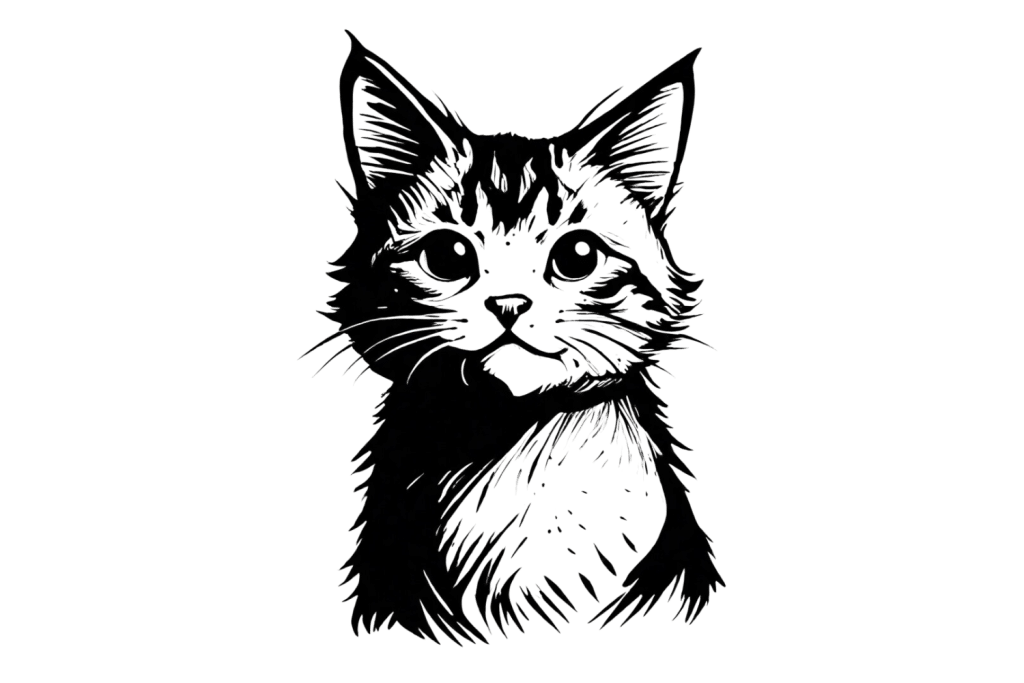
Aftercare: What to Look Out For
While it’s typical for cats to experience some drowsiness, extended lethargy or unresponsiveness should raise an eyebrow. Any abnormal movements, such as twitching or tremors, might be a direct side effect of the drug. On the digestive front, nausea or vomiting isn’t unheard of, so you’ll want to keep a keen eye on their food and water consumption and signs of gastrointestinal distress.
If you notice your cat vocalizing more than they usually do or seeming unusually agitated, it might indicate discomfort or another ketamine-related side effect. Be bold and call your veterinarian if these signs become apparent or concerning.
The Takeaway: Ketamine for Cats
Just as you wouldn’t want your cat swiping a sip from your wine glass, it’s equally critical not to dip into their medicine cabinet. Ketamine, while offering profound therapeutic benefits for our pets, isn’t something you should share.
Just as we understand the risks of mixing our medications, introducing a pet’s medication into our system — or vice versa — can lead to unforeseen complications.
That said, for our feline friends, ketamine has emerged as a versatile and beneficial compound in veterinary medicine, addressing a wide range of health needs with efficacy.
Subscribe to Tripsitter: Newsletter & Podcast
Unlock Your Mind: Subscribe for Expert Insights on Psychedelics 🍄🌵
References
- Abdollahpour, A., Saffarieh, E., & Zoroufchi, B. H. (2020). A review on the recent application of ketamine in management of anesthesia, pain, and health care. Journal of Family Medicine and Primary Care, 9(3), 1317.
- Zhang, Y., Ye, F., Zhang, T., Lv, S., Zhou, L., Du, D., … & Zhu, S. (2021). Structural basis of ketamine action on human NMDA receptors. Nature, 596(7871), 301-305.

